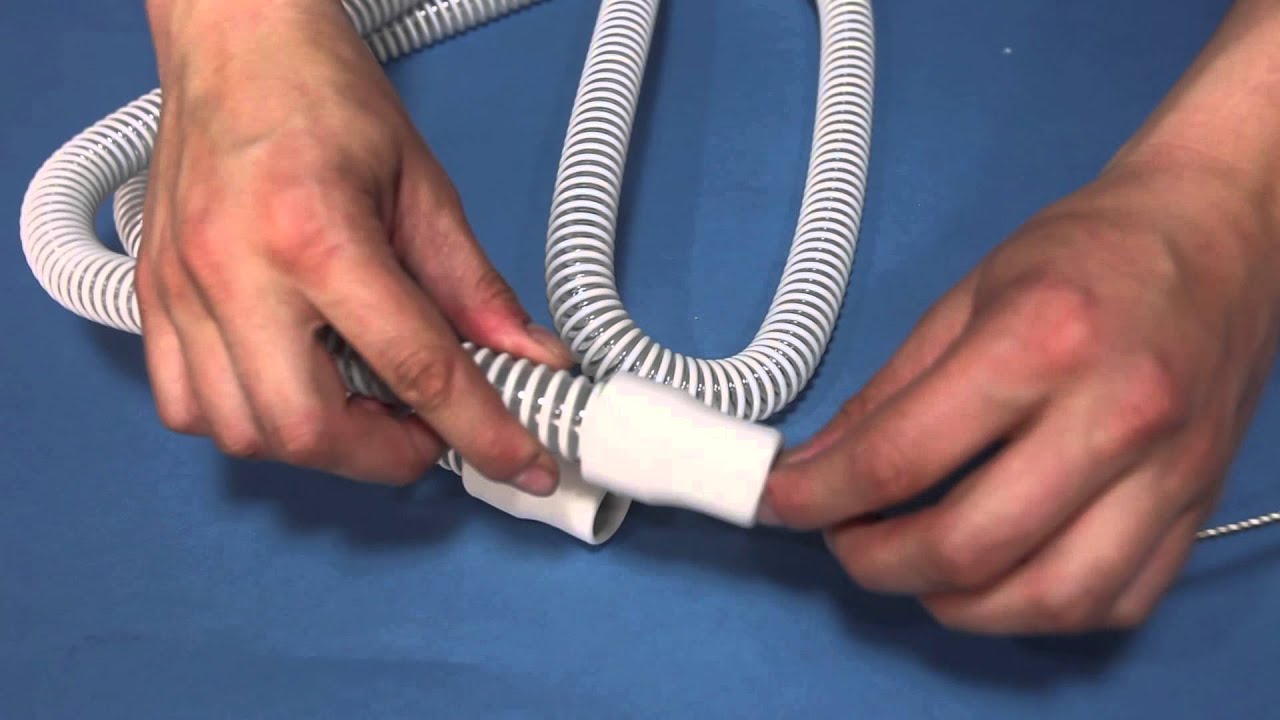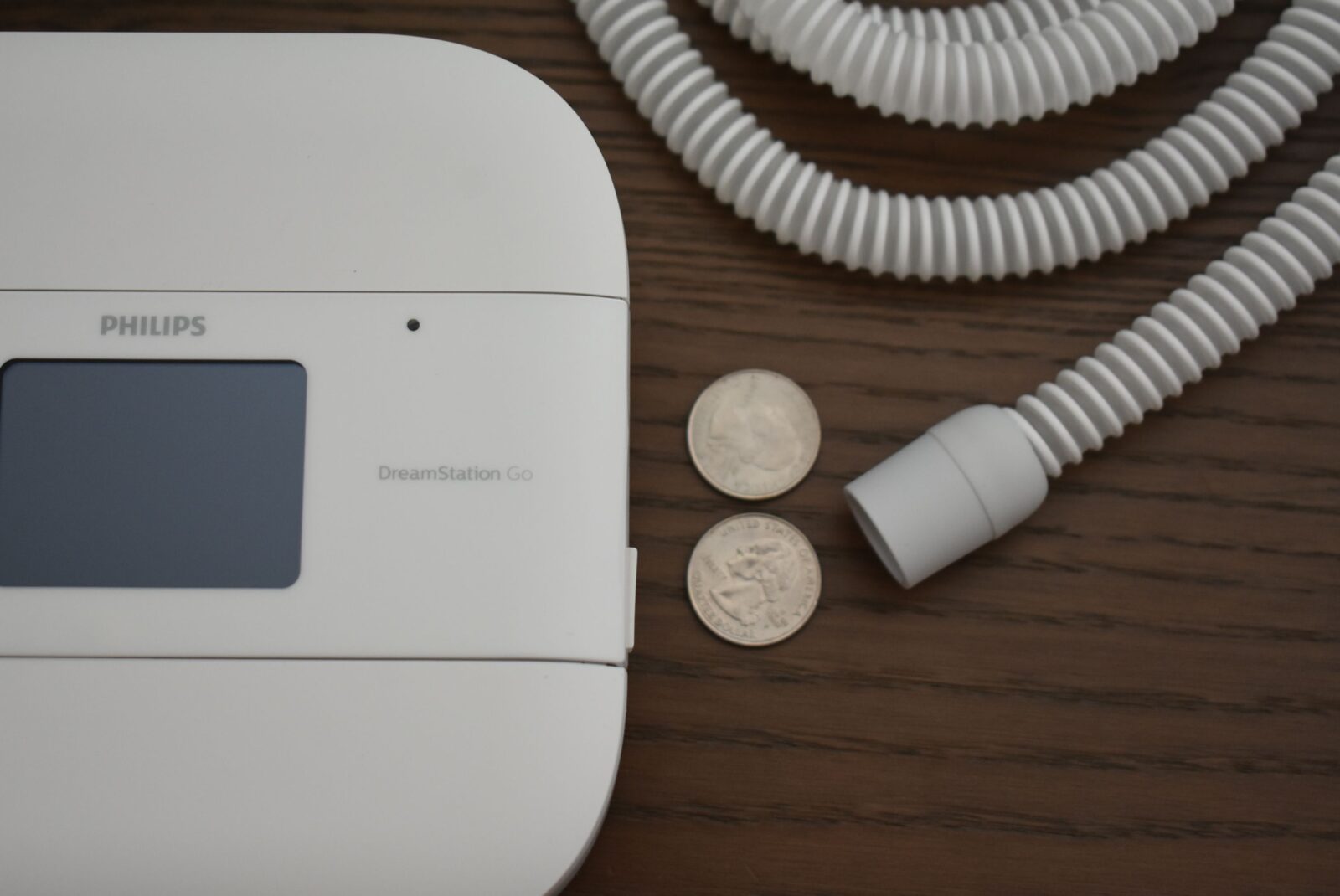A continuous positive airway pressure (CPAP) machine is the primary line of treatment for severe sleep apnea. This treatment may lengthen your life as well as improve your sleep. But can a CPAP machine be properly maintained? If you use a CPAP machine often, cleaning it is crucial to its operation. Here are five CPAP cleaning ideas to get you started.
What happens if you don’t clean your CPAP machines?
Since your CPAP machines helps keep your airway open at night with a steady flow of pressurized air, the air itself has to be as clean as possible. It still has to go through your cpap machines even if the air entering it is just as pure as the air you regularly breathe. Throughout this process, the air is filtered and humidified before being provided via your mask. You exhale warm, moist air while wearing a mask over your mouth, nose, or both, which creates the optimum environment for the development of mold and bacteria.

If you do not regularly clean your CPAP machines and all of its parts, you may have health issues or treatment side effects.
- Possibility of exposure to germs and mold
- Potential for allergy symptoms to appear or develop
- Increased risk of sinus infections
If your CPAP machines isn’t clean, it can start to smell, which might make you less likely to use it often. Those who are predisposed may possibly be more susceptible to pneumonia or other lung infections under extreme conditions.
Of course, thorough cleaning also has the advantage of preserving your CPAP machine’s warranty and prolonging its lifespan. Some manufacturers may not provide warranty coverage if your machine is not maintained in accordance with the manufacturer’s guidelines. Mineralization may occur on the equipment if it is not routinely cleaned, which might make your warranty void.
Maintaining your CPAP is a simple yet essential part of treating your sleep apnea and enhancing your overall health.
How often should CPAP equipment be cleaned?
Every CPAP machine is different, so it’s important to follow the manufacturer’s recommendations for how often to clean your CPAP machines. Certain manufacturers advocate daily cleaning, even if it can seem like a lot of work. Most machines just need a thorough cleaning once every three days, combined with a daily inspection or a quick wash down using CPAP cleaning wipes.
Cleaning the mask every morning is a good idea since it could accumulate bacteria from your skin. These germs may cause rashes or acne where the mask comes into contact with your skin, but a fast wipe can help prevent this.

If you wait until your CPAP machines has an unpleasant or musty odor, you have probably been ingesting germs for some time. Reminders should be set up and followed for routine cleaning. Once you get the hang of it, cleaning your CPAP machines will become second nature and will need less time as you develop a more efficient cleaning technique.
Maintaining a CPAP device
You can clean a CPAP machine using only five basic techniques. Always follow your machine’s specific care instructions if they differ from our general advice.
Unplug as many devices as you can.
While your CPAP machines is turned off, unhook all of the tubing, hoses, masks, and connectors. Remove the water (humidification) chamber from your machine if it has one.
If you can’t find the user manual for your specific equipment, unplug anything that can be easily disassembled. If not, adhere to the directions in your user handbook.
Soak the parts
A sink or basin should be filled with warm, soapy water. You might also use a vinegar solution that has been diluted. In the water, immerse the mask, the tubing, and any other connections. Let everything soak for 30 minutes. You could also be able to immerse your water chamber.
While the inside of the tubes and connectors can only be fully cleaned by soaking, the outside of the tubing and the masks may be cleaned with CPAP cleaning wipes in between soaks.
Rinse each component well, then allow it to air dry. Tubes may be suspended from a shower curtain pole to make sure that all the water drains out.

Clean the apparatus.
While the disassembled parts are drying, clean the outside parts of your CPAP machines using CPAP cleaning wipes or a damp cloth.
Make sure the computer is still unplugged when doing this. This could stop dust from gathering on the machine’s outside.
Clean the filter
Despite the fact that not all CPAP machines have filters, if yours does, clean it in accordance with the directions from the maker.
While some filters may be washed, others need to be changed since they cannot be cleaned. The frequency of disposable filter changes may need to be as often as every two weeks, depending on where you use your CPAP machines.
Reassemble your CPAP machines
The precise assembly of your CPAP machines is the last stage. Make sure all the parts are dry and then just put it back together. After securing the headgear on the mask, attach the tubing to the machine and the mask.
Listen for any hissing sounds that can indicate an air leak as soon as your device turns on. If not, you’re out of luck.

Additional cleaning tips
Additionally, only use distilled water when you refill your water chamber. This might slow down mineralization and boost your CPAP machine’s effectiveness.
- Some water chambers may be cleaned in the dishwasher. Check the instructions that your manufacturer has supplied.
- Water chambers may need to be replaced often. Recheck with the manufacturer.
Why Bleach shouldn’t be used to clean your CPAP machines.
If you want an all-in-one CPAP sanitizer but don’t want to often disconnect your tubing, mask, and hoses, there are a few different options available. These gadgets remove a number of processes, however the UV light they use only cleans the areas that are irradiated. These devices may also release irritating scents in addition to ozone, a chemical known to worsen respiratory issues even in minute levels. In the end, normal soap and water with a vinegar soak is the finest CPAP cleaning solution.
The Need for CPAP Cleaning
First, pause to realize how crucial it is to maintain the CPAP apparatus clean. The air that is cycled via the machine is directly inhaled by you. Although the air is filtered and humidified, it should still be maintained as clean as possible.
Cleaning may assist in avoiding possible risks and issues, such as the following:
- Bacteria exposure
- Mold exposure
- allergy signs
- Possible heightened risk of pneumonia or sinus infections
- nasty or musty odor
- Mineralization of the apparatus
- Untimely equipment failure
- breaching the product’s warranty
How should cleaning be done if it is so important? Fortunately, it can be done quickly and inexpensively.
When Should You Clean Your CPAP?
Regular equipment cleaning may be advised by your equipment manufacturer or sleep medicine specialist. Many vendors and makers of durable medical equipment advise daily cleaning of the mask, tubing, and water chamber. 2 This can seem like a lot. Fortunately, there is a very little chance of contracting an illness or coming into contact with mold.
It is advised that the equipment be cleaned at least once a week for maximum cleanliness.
You may wish to clean the equipment now if you have an upper respiratory illness. Additionally, it is advised that you refrain from sharing the equipment with others since this might spread an illness.
What You Need in Supplies
Set up your equipment:
- CPAP apparatus (mask, headgear, tubing, humidifier water chamber, CPAP machine)
- soft fabric
- hot water
- Hand soap (mild antibacterial is preferable)
- a little basin, tub, or sink
- Towel
How to Clean a CPAP
For a cleaner CPAP machine, follow these instructions. Although it’s best to clean these things daily, try to do it at least once a week.
Take the CPAP apart:
If you don’t unplug your CPAP machines from the power source, you run the risk of receiving an electrical shock.
Your mask should be unplugged from the CPAP tube.
Remove or disconnect the headgear from your mask if it has one.
Other parts that may be quickly reattached may also be broken apart.
Remove the CPAP tubing from all connections, the humidifier output, and, if it connects directly, the CPAP machine itself.
If your CPAP machines has one, remove the water chamber from the humidifier unit and break it up into its component parts (and if this is easily done). Most contemporary water chambers are open but may not be divided into many sections.
Clean the outside surface:
Pick up a gentle cloth and dampen it with warm water.
To eliminate dust, gently wipe off the CPAP machine’s exterior. (Again, be sure to disconnect it before cleaning.)
Soak the parts:
Warm water should be added to a small basin, tub, or sink.
Add a little bit of mild dish soap. Some people may even add some vinegar to the water (diluted to a 1 to …





